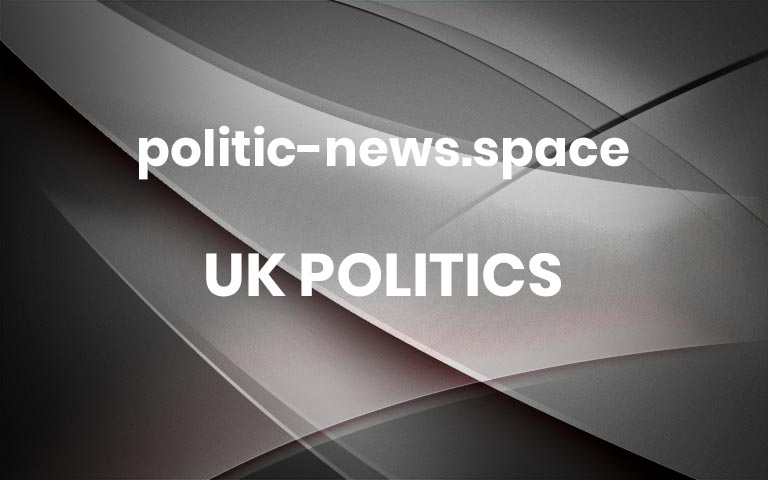What makes the new female head of MI6’s in-tray so dangerous
The first woman appointed to the role of “C” as head of the Secret Intelligence Service will be taking over when two of Britain’s most important relationships in espionage are strained to breaking point. And she’ll be leading a technological race the UK cannot afford to lose.Blaise Metreweli, 47, a Cambridge University graduate of social anthropology, has been running department Q in MI6. Her appointment to the top job where, she will be expected to write only in the traditional green ink of the chief, will involve steering its use of radical new technology.As Q, the title adopted by MI6 in homage to the fictional Q in James Bond movies, she presided over the development of gadgets, secret communications, bugs, weapons and disguises. But also Artificial Intelligence and the wider digital race for dominance.Blaise Metreweli, 47, a Cambridge University graduate of social anthropology, has been running department Q in MI6 More


